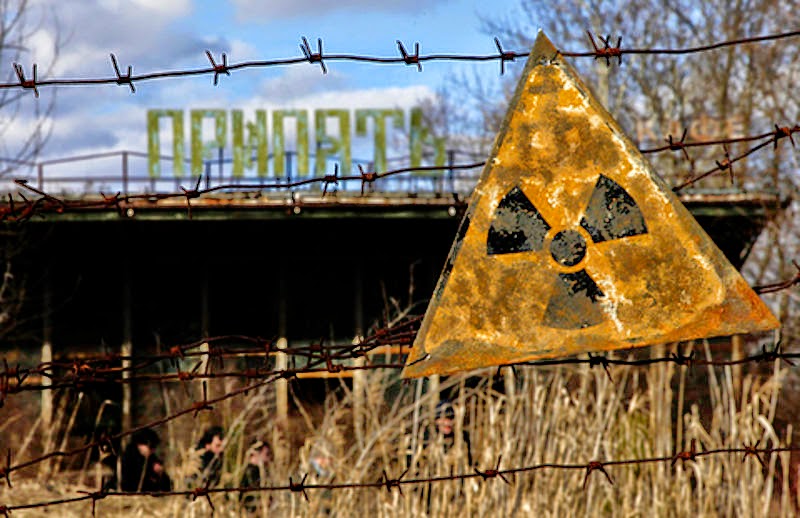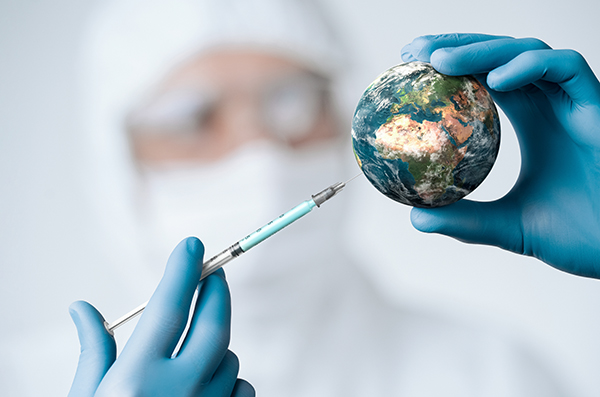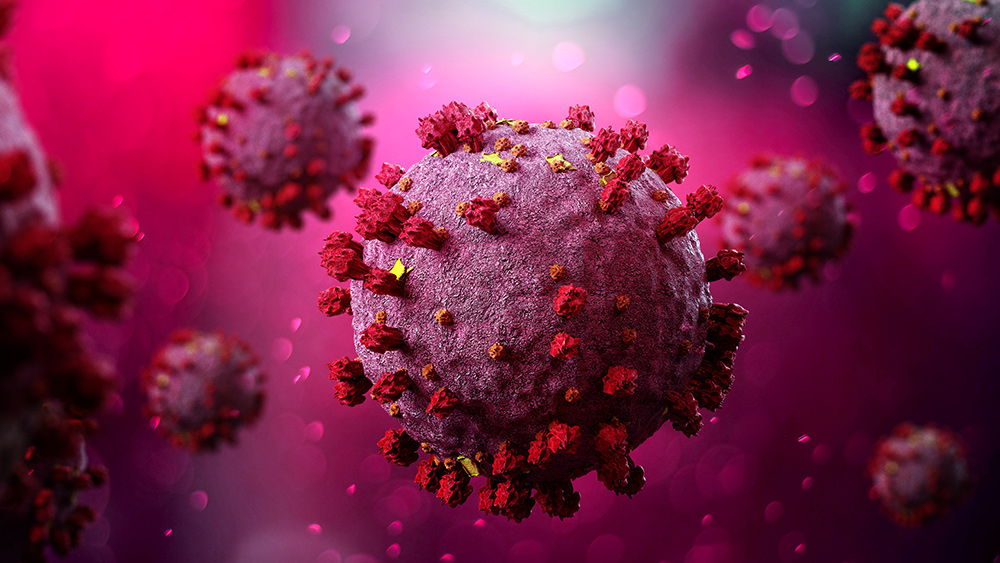Researchers detect unsafe levels of radioactive elements in Ukraine crops nearly 35 years after Chernobyl disaster
01/11/2021 / By Virgilio Marin

The devastating effects of the deadly 1986 nuclear blast in Ukraine can still be seen in crops growing far from the explosion site, according to a recent study published in the journal Environment International. A team led by University of Exeter researchers found that crops grown miles from the Chernobyl nuclear site contain radionuclides above safe consumption levels.
Radionuclides are higher-mass elements that release excess energy. High-level exposure to these radioactive elements can cause long-term health risks such as an increased cancer risk. Due to their alarming finding, the researchers recommend that the Ukrainian government reinstate the routine monitoring of goods grown in the area, a safety measure that was ceased several years ago.
High levels of cancer-causing radionuclide found in food crops
The Ivankiv district of Ukraine has recorded some of the highest radionuclide concentrations detected outside the Chernobyl Exclusion Zone – a 30-mile radius around the nuclear plant that remains unoccupied to this day. Located about 30 miles south of the power plant, Ivankiv has emerged as an important agricultural district. However, the soil in the area has low exchangeable calcium values that can increase the amount of radionuclides that can be absorbed by plants.
Despite that, information on the transfer of radionuclides to crops in the region remained limited before the study. To that end, the researchers analyzed 116 samples of wheat, rye, oats and barley collected between 2011 and 2019 from Ivankiv.
After measuring the levels of radionuclides, the researchers found that 48 percent of the grain samples contained dangerous levels of strontium 90 and cesium 137 – common byproducts in nuclear power plants. Strontium 90 accounted for most of these contaminated grains, with around 45 percent containing the radionuclide at above safety consumption limits. This is alarming because strontium 90 behaves like calcium in the body; it gets incorporated into bones and teeth, where it can remain for years and cause bone cancer.

The team also detected dangerous levels of strontium 90 in wood samples collected from 2015 to last year. They suspect that the lingering radionuclide in the wood may be responsible for the continued contamination of crops almost 35 years after the disaster. They noted that locals use wood ash to fertilize their crops. When they analyzed this ash for radionuclides, they found strontium 90 levels that were 25 times higher than the safety limit. (Related: Chernobyl lives on: Drone expedition reveals unexpected “hotspots” of concentrated nuclear material, warn researchers.)
“Our findings point to ongoing contamination and human exposure, compounded by lack of official routine monitoring,” said stud co-author David Santillo, an environmental forensic scientist at Greenpeace Research Laboratories at the University of Exeter.
Radiation watch programs key to minimize exposure
The Ukrainian government used to have a radioactive goods monitoring program but suspended it in 2013. The researchers noted it is possible to grow crops in the region that are safe for consumption if this process of repeated contamination is ceased. Therefore, they are urging the state to revive its monitoring program and establish a system for the proper disposal of radioactive ash.
“Contamination of grain and wood grown in the Ivankiv district remains of major concern and deserves further urgent investigation,” said co-author Valery Kashparov, director of the Ukrainian Institute of Agricultural Radiology at the National University of Life and Environmental Sciences of Ukraine.
The researchers noted that families from the sampled areas still contaminated milk due to poverty and warned that radionuclide levels will remain high at least until 2040 without large-scale intervention.
Learn more about the harmful effects of radiation exposure at Radiation.news.
Sources include:
Tagged Under: Chernobyl, environment, food safety, nuclear accidents, radiation, radiation exposure, radionuclides, Ukraine





















